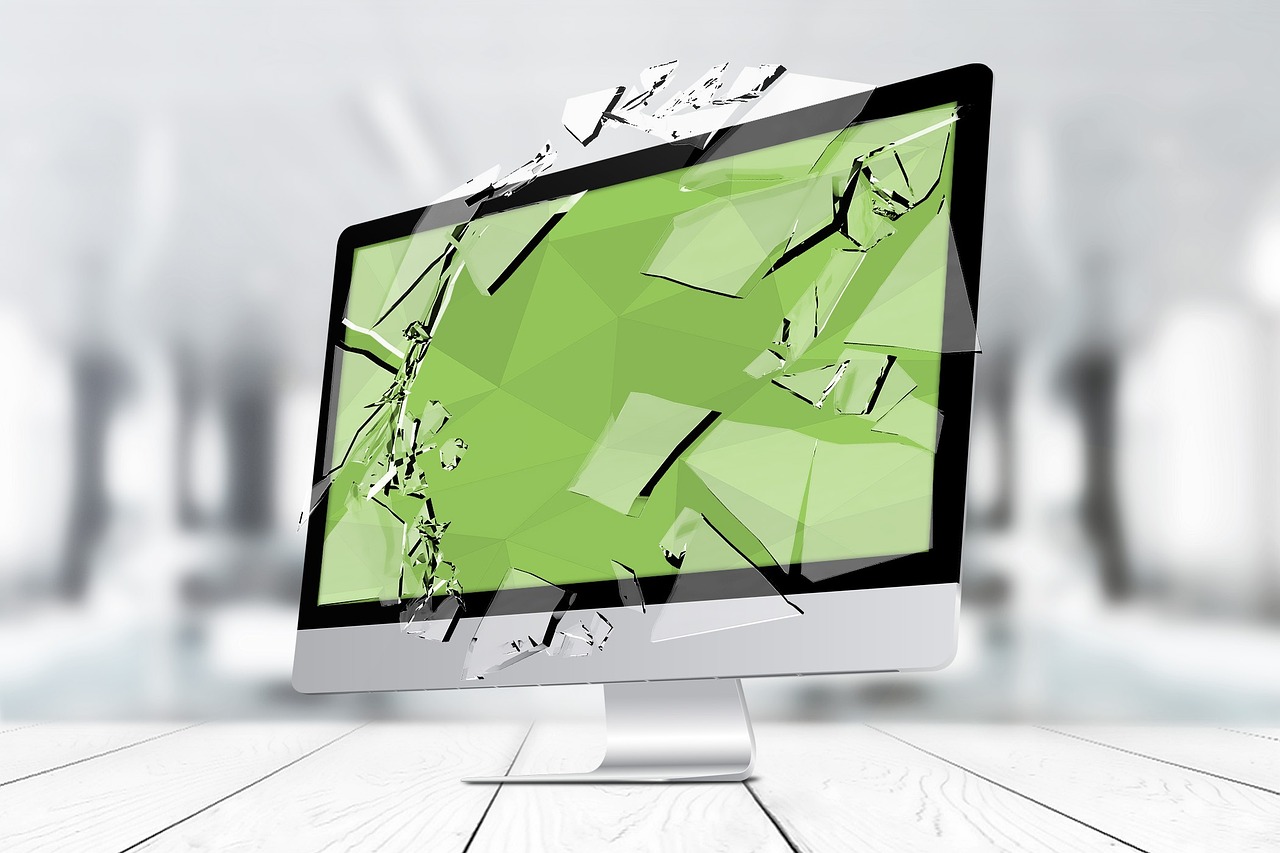Tech and Disease Outbreak Management
Numerous advancements in technology have led to the development of sophisticated detection and monitoring tools. These tools play a crucial role in identifying potential threats, monitoring various parameters, and ensuring the safety and security of individuals in different settings. By utilizing cutting-edge sensors, data analytics, and real-time monitoring capabilities, these tools have become indispensable in enhancing situational awareness and facilitating prompt responses to any deviations or anomalies.
From thermal imaging cameras that can detect elevated body temperatures to advanced cybersecurity monitoring systems that safeguard critical data and infrastructure, the range of detection and monitoring tools continues to expand rapidly. This proliferation of tools not only enables proactive identification of potential risks but also empowers organizations and authorities to implement targeted mitigation strategies. As technology evolves, the efficacy and versatility of these tools are expected to further improve, setting new benchmarks for precision, speed, and reliability in threat detection and monitoring.
Contact Tracing Technology
In the fight against the spread of infectious diseases such as COVID-19, contact tracing technology has emerged as a crucial tool. By leveraging the capabilities of smartphones and other devices, contact tracing technology facilitates the identification of individuals who may have come into contact with an infected person. This enables public health officials to quickly reach out to those at risk of contracting the virus and provide them with guidance on testing and self-quarantine measures.
One key benefit of contact tracing technology is its ability to swiftly track and notify individuals who may have been exposed to the virus, thus containing the spread early on. Additionally, contact tracing technology can help in identifying potential hotspots and clusters of infection, allowing for targeted interventions to prevent further transmission. As technology continues to advance, contact tracing tools are evolving to become more efficient and user-friendly, making them an invaluable resource in combatting the global pandemic.
What are some examples of detection and monitoring tools used in contact tracing technology?
Some examples of detection and monitoring tools used in contact tracing technology include mobile apps, GPS tracking, Bluetooth technology, and QR code scanning.
How does contact tracing technology work?
Contact tracing technology works by tracking the interactions of individuals and identifying close contacts of those who have tested positive for a contagious disease. This allows for the quick identification and isolation of potential carriers to prevent further spread.
Is contact tracing technology effective in controlling the spread of diseases?
Contact tracing technology has been proven to be effective in controlling the spread of diseases by quickly identifying and isolating potential carriers. However, its effectiveness also relies on widespread adoption and cooperation from the public.
What are some privacy concerns associated with contact tracing technology?
Some privacy concerns associated with contact tracing technology include data security, potential misuse of personal information, and the risk of surveillance. It is important for developers to prioritize data protection and transparency to address these concerns.
How can individuals protect their privacy while using contact tracing technology?
Individuals can protect their privacy while using contact tracing technology by reviewing the app’s privacy policy, limiting the information shared, and being aware of any data collection practices. It is also recommended to use trusted and secure applications for contact tracing.





